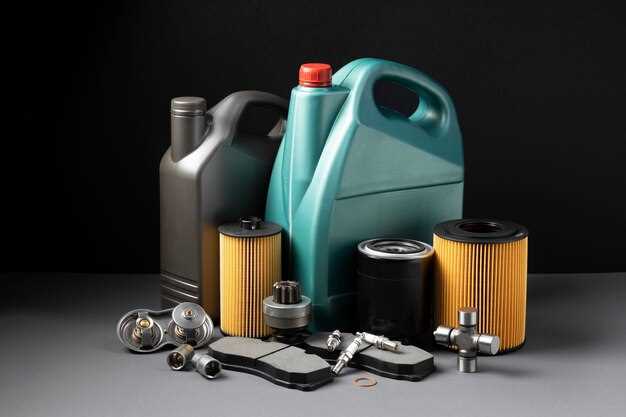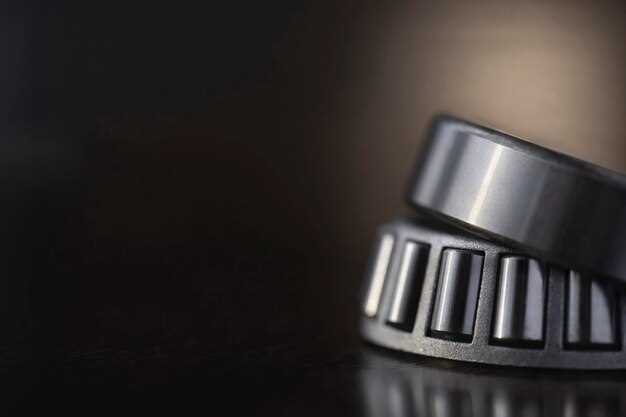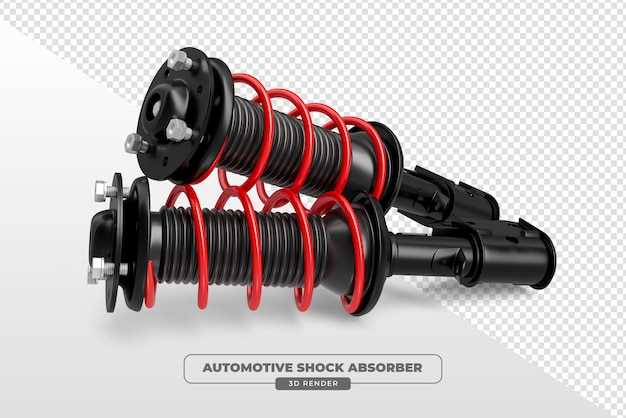
When it comes to maintaining and repairing your Audi, choosing the right parts is crucial for ensuring optimal performance and longevity. The two main categories of parts available are OEM (Original Equipment Manufacturer) and aftermarket parts. Understanding the compatibility and quality of these options can significantly impact your ownership experience.
OEM parts are designed specifically for your Audi model, ensuring a perfect fit and compatibility with the vehicle’s systems. These parts are manufactured by the same company that produced the original components, which often translates to higher quality and reliability. On the other hand, aftermarket parts offer a wider variety of options and often come at a lower price point. However, the quality and compatibility of these parts can vary significantly, leading to potential issues if not selected wisely.
In this article, we will delve into the pros and cons of both OEM and aftermarket parts, providing insights that will help you make an informed decision. By understanding the strengths and weaknesses of each option, you can better ensure that your Audi continues to perform at its best while meeting your budgetary needs.
Comparing OEM and Aftermarket Parts for Audi: Pros and Cons

When it comes to maintaining and repairing your Audi, the choice between OEM (Original Equipment Manufacturer) and aftermarket parts is critical. Each option comes with its own set of advantages and disadvantages that can significantly impact your vehicle’s performance and longevity.
OEM parts are manufactured by the original car maker, ensuring high compatibility with your Audi model. These parts typically adhere to strict quality and safety standards, providing peace of mind regarding their reliability. Furthermore, using OEM components can help maintain the vehicle’s resale value, as they are directly associated with the manufacturer’s quality assurance.
On the other hand, aftermarket parts often come at a lower cost, appealing to budget-conscious Audi owners. The variety of aftermarket options available means that consumers can find parts that may offer enhanced performance features or improvements over the original specifications. However, the downside is that not all aftermarket parts guarantee the same level of compatibility or quality as OEM parts, leading to potential risks concerning durability and fit.
In summary, the decision to use OEM or aftermarket parts for your Audi should be based on your priorities. If quality, compatibility, and resale value are paramount, OEM parts are likely the better choice. Conversely, if cost savings and variety are more significant factors, aftermarket options might be worth considering, provided you do thorough research on their reliability and compatibility with your specific Audi model.
Understanding the Quality Differences: OEM vs. Aftermarket
When it comes to maintaining or repairing an Audi, the choice between OEM (Original Equipment Manufacturer) parts and aftermarket alternatives often sparks debate among car owners. One of the primary distinctions lies in the quality of these components, which can significantly affect performance and longevity.
OEM parts are produced by the vehicle’s manufacturer, ensuring a high level of quality and compatibility with the specific model. These parts undergo rigorous testing and meet strict industry standards, which means they are designed to fit perfectly and function just like the original components. For Audi owners, using OEM parts helps maintain the integrity of the vehicle and can enhance resale value by preserving its original specifications.
In contrast, aftermarket parts are produced by third-party companies that are not affiliated with Audi. While many aftermarket manufacturers produce high-quality components, the variability in quality can be considerable. Some aftermarket parts may not adhere to the same rigorous standards as OEM parts, leading to potential issues with compatibility and performance. However, they often come at a lower price point, appealing to budget-conscious consumers.
When evaluating the quality differences, it’s essential to consider the compatibility of aftermarket parts with your Audi. Not all aftermarket components are created equal; some may mirror OEM specifications closely, while others might fall short. Before choosing, research the manufacturer’s reputation and look for parts that are specifically designed for your vehicle’s make and model.
In summary, while OEM parts generally offer superior quality and guaranteed compatibility, aftermarket options can be viable if chosen carefully. Balancing cost, quality, and compatibility is crucial in making the right decision for your Audi’s needs.
Cost Considerations: Evaluating Prices of OEM and Aftermarket Parts
When considering parts for your Audi, understanding the price differences between OEM and aftermarket options is crucial. OEM parts are typically more expensive due to their direct association with the manufacturer, ensuring quality and compatibility with your vehicle. These parts often come with a warranty, adding additional value to their higher price point.
On the other hand, aftermarket parts are generally less expensive, offering a cost-effective alternative for many Audi owners. The price variation can be significant, as these parts are produced by third-party manufacturers and may not adhere to the same stringent quality controls as OEM parts. This can lead to variable performance and reliability depending on the brand and specific part.
Furthermore, while the initial cost of aftermarket parts may be appealing, it is essential to evaluate their long-term value. Cheaper alternatives can result in more frequent replacements and potentially higher labor costs as a result of installation issues or compatibility concerns. Conversely, spending more on OEM parts may offer peace of mind and durability, reducing the risk of ongoing repairs.
Ultimately, the decision between OEM and aftermarket parts should involve a careful analysis of your budget, as well as the importance of quality and reliability for your specific Audi model. Assessing both options in terms of performance, longevity, and total cost of ownership will help ensure you make an informed choice that suits your needs.
Compatibility and Installation: Making the Right Choice for Your Audi

When selecting parts for your Audi, compatibility and ease of installation are critical factors. Understanding the differences between OEM and aftermarket parts can help you make an informed decision that suits your needs.
OEM (Original Equipment Manufacturer) parts are designed specifically for your Audi model, ensuring a perfect fit and optimal functionality. These parts are made to the same specifications as the originals, which enhances compatibility.
In contrast, aftermarket parts may vary in design and quality. Some aftermarket components are engineered to be universally compatible across multiple models, but this can lead to discrepancies in performance and fit. The following points highlight the compatibility aspects of both options:
- OEM Parts:
- Exact specifications matched to your Audi.
- Tested for performance and durability.
- Generally easier to install due to precise fit.
- Aftermarket Parts:
- Varied quality; may not meet OEM standards.
- Compatibility can depend on the manufacturer.
- Installation may require additional modifications.
Installation of the right parts can significantly affect the performance of your Audi. Here are some considerations to keep in mind:
- Professional Installation: If you choose aftermarket parts, consider professional assistance to ensure proper installation.
- Warranty Considerations: OEM parts typically come with a warranty that covers defects and performance, while aftermarket warranties may vary.
- Future Repairs: Using OEM parts may simplify future repairs, as they maintain compatibility with your vehicle’s systems.
In conclusion, while aftermarket parts might offer a cost-saving alternative, the guaranteed compatibility and streamlined installation of OEM parts often make them the superior choice for maintaining your Audi’s performance and longevity.
